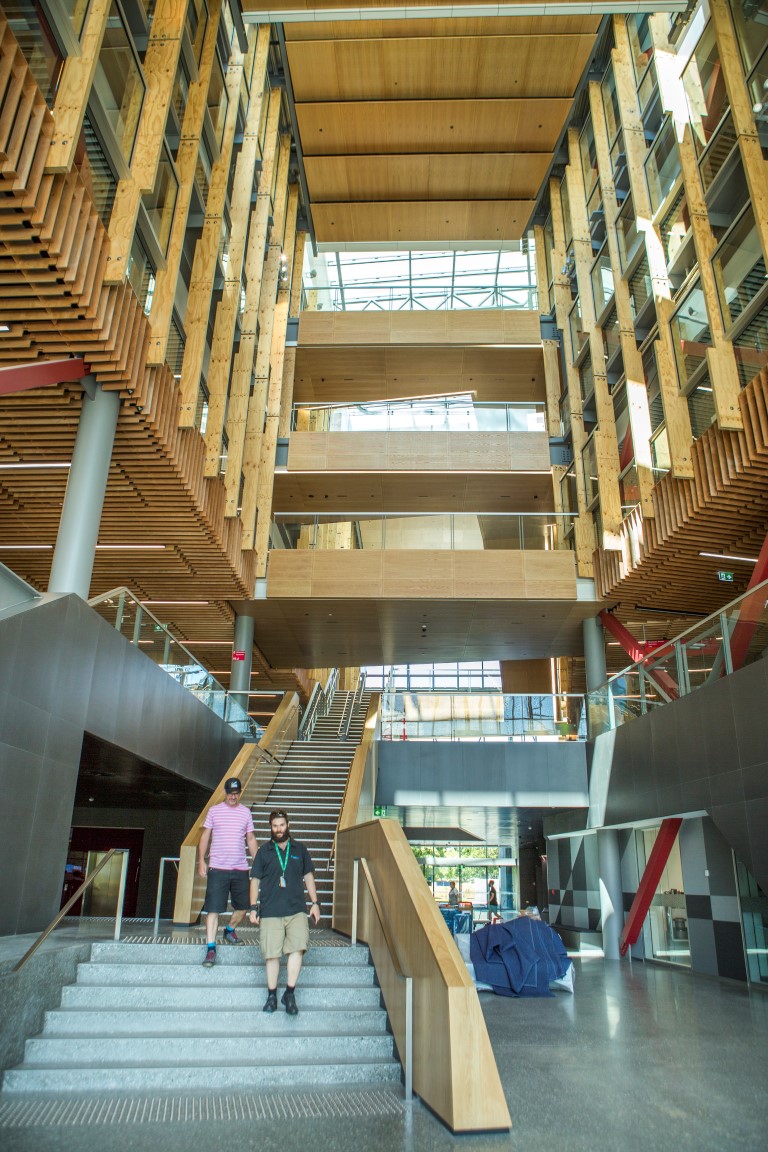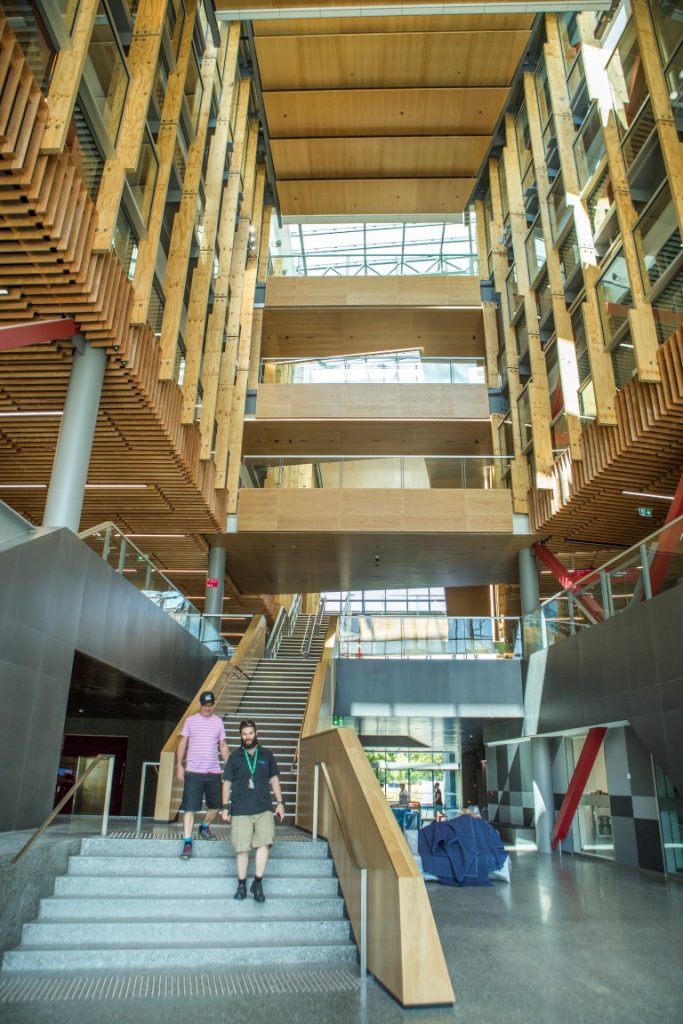

End users should contribute to the design process. This allows specialist requirements to be incorporated and improves end user ownership of the completed building. However, end users are not building experts, so the architect should take the lead on this process, providing structured briefing sessions and planned design review points.
From the perspective of end-user satisfaction, our most successful projects were based on significant early collaboration between the architect and building users. This included design workshops, the adoption of a mana whenua cultural narrative, and testing new collaborative workspaces through modelling and visits to similar sites already in operation. But the real key to success lies in keeping clear lines of communication open for the duration of the project.
Define roles and processes
Be clear about which personnel should attend design meetings and what their role is. For example, are they providing advice, a wish list, or a set of requirements? And who, ultimately, will decide which features are included? The architect may not be equipped to determine the relative merits of specialist research functions, for example, while a particular user group may not have a sufficiently wide view across the project to understand where budget can be most effectively applied.
Inevitably, elements will be requested that cannot be accommodated or that need to be removed or modified during build. It is important to develop a design decision process that includes an organisation-wide view, benchmarking against similar external facilities, and effective change control. The process and associated roles and decisions should be clearly defined, followed and documented.

Keep communicating
Trust between architect and end user is an important element of perceived project success, and it requires clear communication on both sides. For example, the architect should relay design decisions in a way that internal stakeholders can understand. Simply providing an updated set of drawings is not sufficient for people who are not used to reading plans.
We also recommend appointing a user-facing Project Manager whose role includes planning and management of design inputs from end users so that clear messages are communicated to the architect. This person should also coordinate responses to end users from the architect and project and programme governance. In order to be successful, they should be appointed early in the design phase.
Also take the time and effort to celebrate key milestones with end users. This keeps them engaged with the journey and the project team, and allows them to take ownership of the new building incrementally, in more manageable chunks.